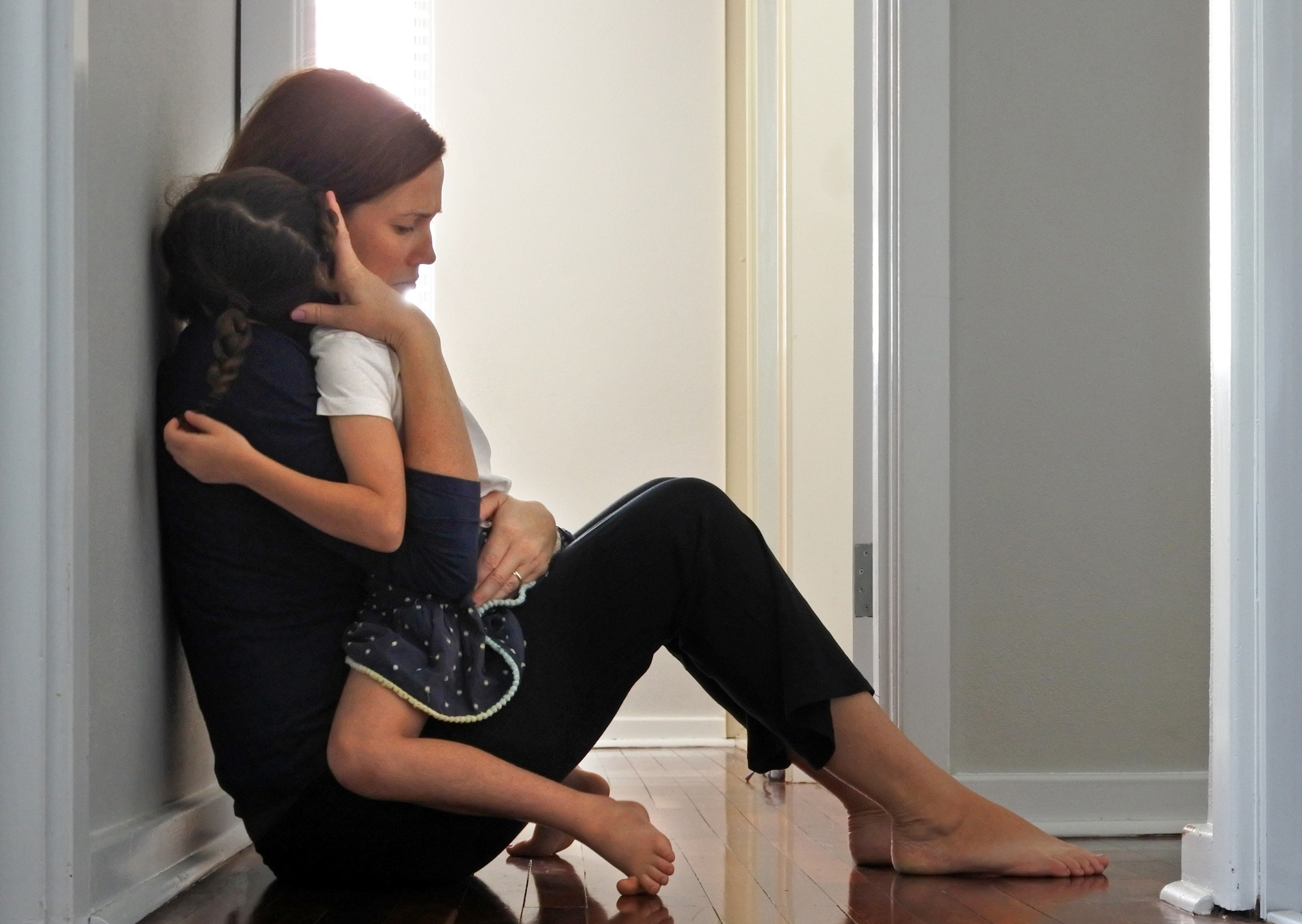In the realm of mental health and emotional well-being, the concept of regulation often takes the spotlight. We’re encouraged to regulate our emotions, our behaviours, and even our thoughts. However, amidst this emphasis on maintaining control, there’s another facet that’s often overlooked but equally crucial – dysregulation.
Dysregulation, often seen as a disruption in one’s ability to self-regulate, can manifest in various forms. It might appear as intense emotions that feel overwhelming, impulsive actions, or even chaotic thoughts. While traditionally viewed through a lens of dysfunction or pathology, there’s a growing recognition that dysregulation can actually serve a purpose, offering valuable insights into our inner workings and external environments.
Firstly, it’s essential to understand that dysregulation isn’t always a sign of malfunction; instead, it can be a natural response to certain stimuli or life circumstances. Just as physical pain signals something amiss in the body, emotional dysregulation can signify an imbalance that needs attention. For instance, feeling anxious before a crucial presentation or experiencing anger in response to injustice are forms of dysregulation that signal our deep-seated concerns and values.
Moreover, dysregulation often arises as a response to stressors or triggers in our environment. In this sense, it serves as a protective mechanism, alerting us to potential threats and prompting us to take action. For instance, feeling overwhelmed by a heavy workload might trigger feelings of anxiety, signalling a need to reassess priorities or seek support. In such cases, dysregulation can be viewed as an adaptive response rather than a sign of weakness.
Dysregulation can provide valuable information about our inner world and unresolved issues. Instead of suppressing or ignoring these uncomfortable emotions, acknowledging them can lead to greater self-awareness and personal growth. By delving into the underlying causes of dysregulation, whether it be past traumas or unmet needs, individuals can begin to heal and cultivate a new relationship with self.
It’s crucial to recognize the significance of embracing dysregulation, particularly in the context of children’s development. Children often lack the vocabulary or understanding to articulate their emotions, leading to dysregulated behaviours. Instead of viewing these behaviours as mere disruptions, it’s essential for caregivers and educators to approach them with empathy and understanding. By validating children’s emotions and providing a safe space for expression, adults can help children learn to co-regulate their emotions effectively with a safe grown-up. Co-regulation, where grown-ups model healthy emotional regulation and provide support during times of dysregulation, plays a pivotal role in children’s emotional development. Through co-regulation, children learn that it’s okay to experience and express their emotions while also learning strategies to engage with those emotions differently. This foundation sets the stage for lifelong emotional well-being and healthy relationships.
However, it’s essential to recognize that dysregulation alone is not sustainable in the long term. While it offers insights and prompts us to pay attention, it’s through the process of regulation that we integrate these experiences and come into connection. Regulation is not about being “calm”, regulation is about creating connections – with ourselves, with others, and with our environment.
When we regulate our emotions, we’re not merely seeking to suppress or eliminate them; instead, we’re striving to understand and build new relationships with them that are based in curiosity. This involves cultivating a sense of safety and security within ourselves, developing healthy coping mechanisms, and nurturing supportive relationships. In essence, regulation is about finding balance – acknowledging our emotions without allowing them to communicate with us without merging with us.
Moreover, regulation encompasses the ability to attune to others’ emotions and respond empathetically, fostering meaningful connections and relationships. It’s through these connections that we find solace, support, and a sense of belonging – essential elements of emotional well-being.
Both dysregulation and regulation play crucial roles in our emotional lives. While dysregulation serves as a vital signalling mechanism, alerting us to underlying issues and prompting us to take action, regulation enables us to integrate these experiences, cultivate resilience, and foster connections. By embracing both aspects and finding a balance between them, we can navigate life’s challenges with greater understanding, compassion, and authenticity.
If you would like to gain a better understanding into your child’s emotional wellbeing, you can get in touch with our Paediatric Art Therapist, Rain Ali, either by using our ‘Contact Us’ link below, or at https://www.rainandmetherapy.au/




